Welcome to Part 2 of Core Strength for Universal Windsurfing, where we discuss more specific core exercises for windsurfing, using both Pilates and classic strength training exercises.
Core exercises can be trained in the gym, before sailing as a warm-up, or at home using Youtube videos or a memorized routine. As little as three minutes just before sailing can help refocus the brain to start incorporating core activation into body awareness while sailing.
Recently, I’ve discovered a few new methods of core activation, training, and balance through one of my supporters, Thomas Le Caer at Gymsem Pilates, in Brest, France. Pilates is a form of exercise that incorporates core activation, breath, focus, and movement, and has a number of useful applications to windsurfing. Adding Pilates-style exercises to your fitness routine, in addition to other core strength exercises, can assist with technique in the harness.
Pilates Exercises
A strong link exists between breath, focus, core activation, and the feedback loop discussed in Part 1. In Pilates-style breathing, the core is activated and pulled in towards the rib cage during each breath, in through the nose and out through the mouth, pushing the air out through the exhale. Movements or exercises are performed on exhaling. Training the body to breathe to brace the core can activate both your focus and the feedback loop while training on the water. Pilates-style breathing is useful when bracing to keep good contact in the harness, and connecting this method of breathing to the feedback loop maintains the brain’s focus on technique. While sailing, as you exhale, brace your core against the harness and use the contraction of your core to press further into the harness and extend your upper body.
In addition, because Pilates focuses on maintaining balance and core alignment with the body, you can develop a better awareness of your balance over the centerline of the board at any moment that you don’t have the sail for leverage (example: tack). This is especially useful for example, when you have to schlog your small board back to the beach, or performing almost any light wind freestyle move.
Some examples of useful Pilates-style exercises you can try include the following:
Without equipment: Double leg stretch
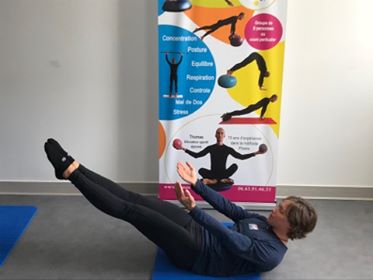
Plank with instability added
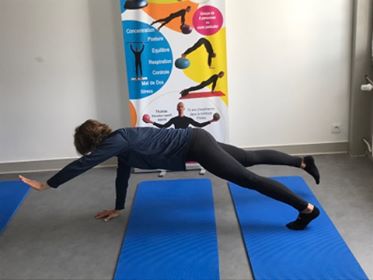
Plank with added instability from physio ball

Added complication from a pushup
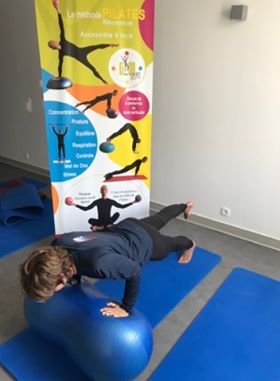
Easy balance training using Pilates method and tools to create stable posture:
Sitting on bosu while keeping hips stable, using breathing
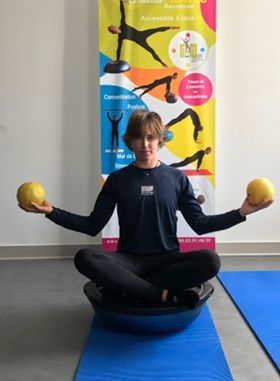
Simple balance with correct posture, breathing, and core bracing on a foam roller
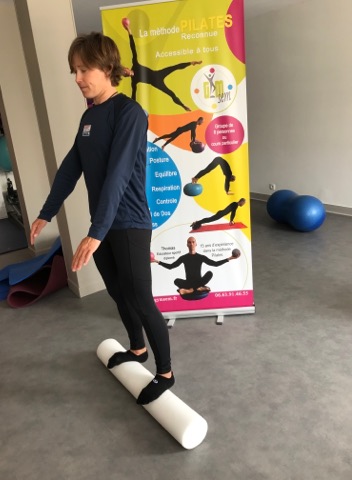
Kneeling on physio ball while bracing core; upper back and shoulders (scapulars) braced with a ring. Any object can be used, ring, band, or for example, a towel
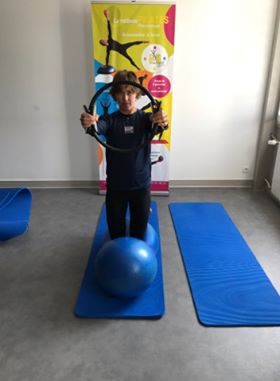
Same idea, postural alignment sitting on physio ball while adding instability with feet on bosu
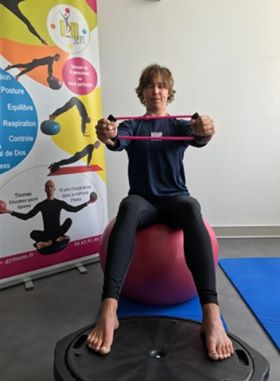
Ok, breathing and balancing on a ball is not as easy as it looks
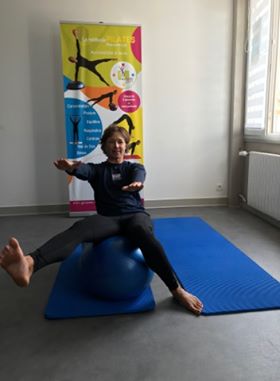
Use of Pilates-specific equipment: Springboard and “Reformer” machine
Where I find this equipment useful is either adding a level of complication while keeping correct alignment, or aiding in postural correction and balance by scapular retraction (shoulder blades squeezed in, shoulders not raised and pulling shoulders back).
Springboard scapular retraction standing on foam roller
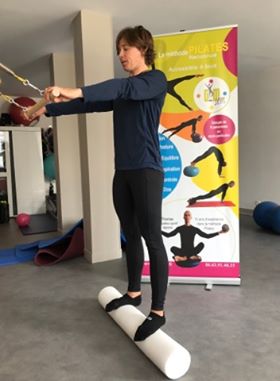
On bosu
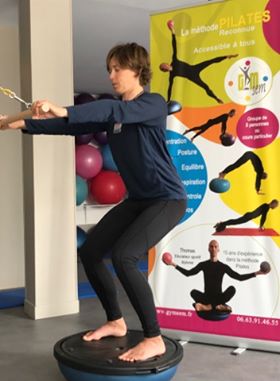
What the springboard looks like
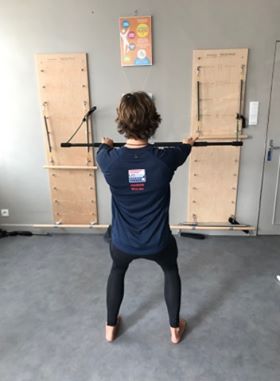
Reformer machine: This is a very famous and versatile machine with a moving carriage, that can be adjusted to perform a huge variety of strength and flexibility exercises using a system of bodyweight pulleys, bodyweight leverage, and incline.
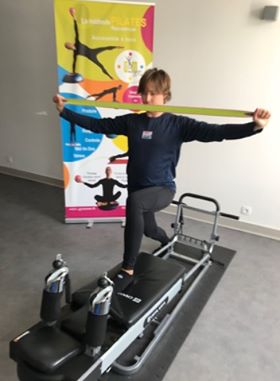
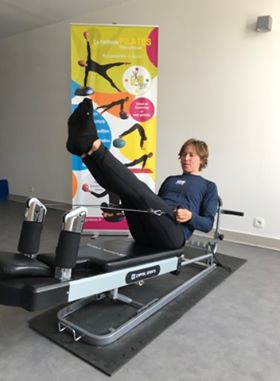
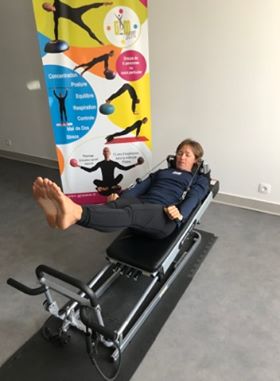
Pilates could be for you if you like gentle, correct, yet challenging and strength building exercise that will help you make gains in correct technique in the harness while windsurfing. Pilates classes are widely available in both private studios and bigger gyms.
Strength training exercises
A few additional, more traditional strength training exercises that for core strength that I find useful are a non-complicated variety of holds with differing levels of instability. These can be done without equipment, and can be transformed into a short warmup routine before sailing. These photos depict exercises from the French book Gainage pour le sportif by Olivier Maurelli, Bruno Parietti, and Michel Pradet. Gainage is a useful French word that encompasses any exercise or sports technique that reinforces the core.
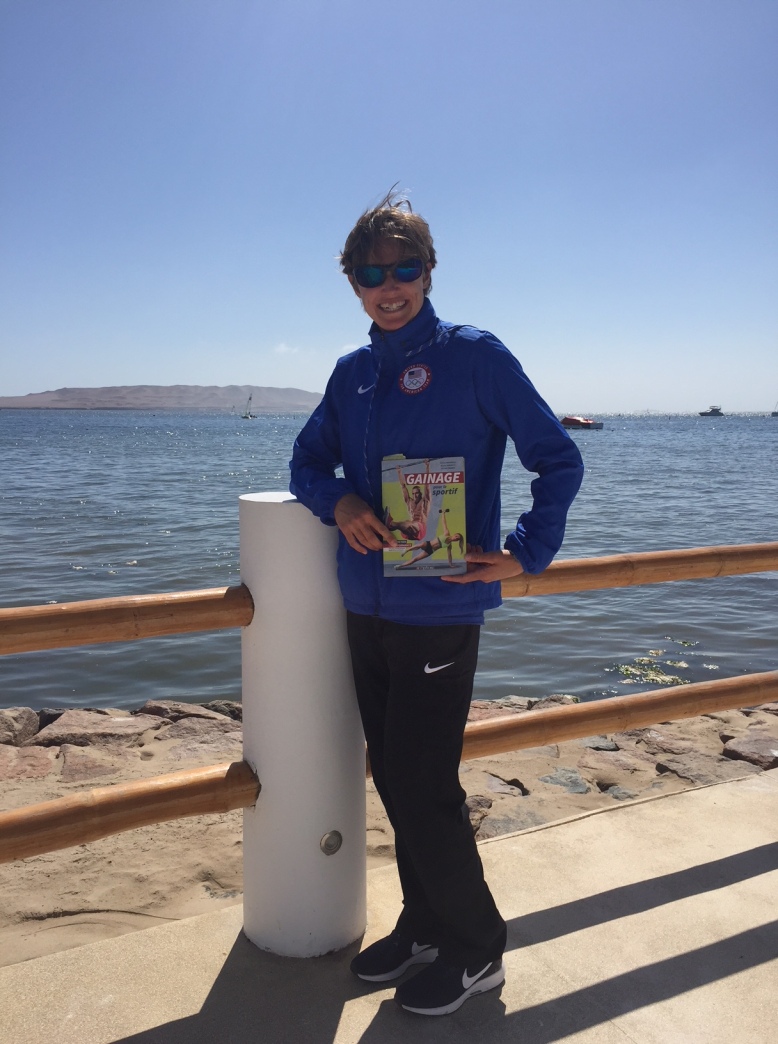
These pics were taken at the Pan American Games in Lima, Peru, at the satellite village of Paracas. Nothing’s super professional, I am making faces because the sun is in my eyes and I prefer not to waste time becoming a professional Instagram photo editor, but all the exercises are correct. The photo above depicts the book in question. I’m not being paid to advertise it either, I just happen to think it’s good.
While performing an exercise, the idea is to use breathing, core bracing, and balance to identify the flow of energy from the taut body into the points of contact on the ground or mat. Upon finding this sensation, create a feedback loop by funneling your awareness from the core to the extremities of the body. Next, try to imitate this sensation on the water, with the trigger being core bracing and contact with the harness, moving awareness to correct driving of the board with the legs and the relaxed extension of the shoulders, head and arms.
These are hold-type exercises which increase in difficulty with the addition of instability by lifting an arm, leg, or changing the leverage of the body. The challenge is using body awareness to keep the segments of the body aligned and straight on the axis of the core, and keeping the core activated with breath.
Anterior exercises
“Bird dogs” on toes, progressing to lifting one arm (this is hard)
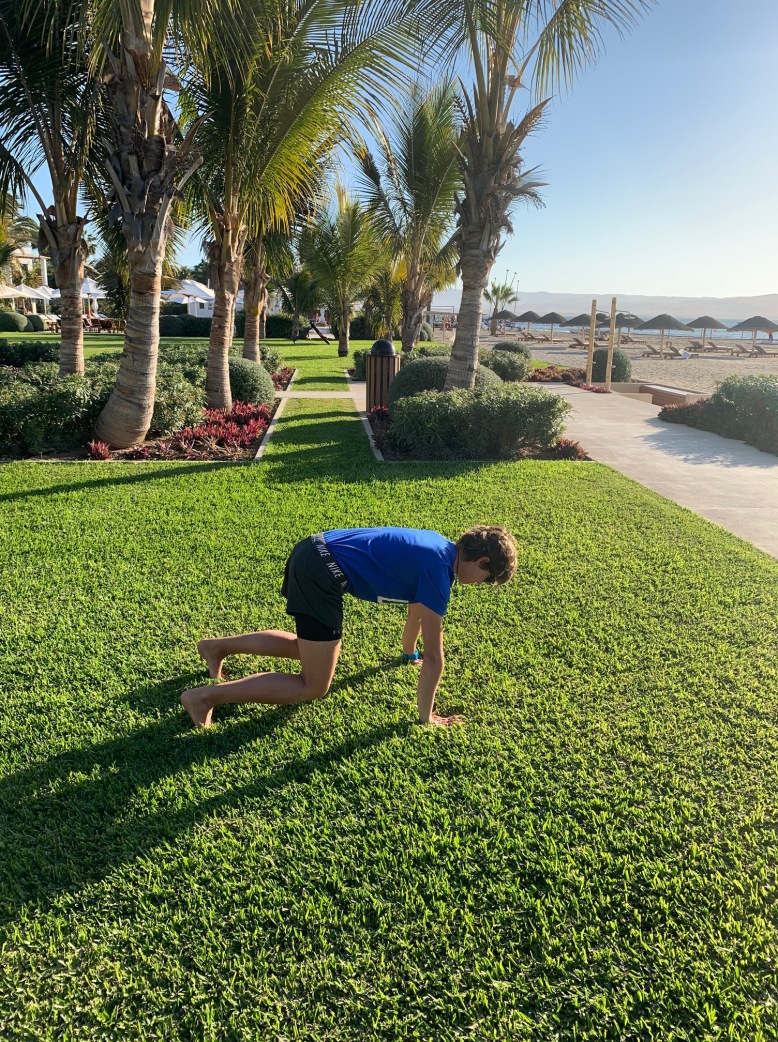
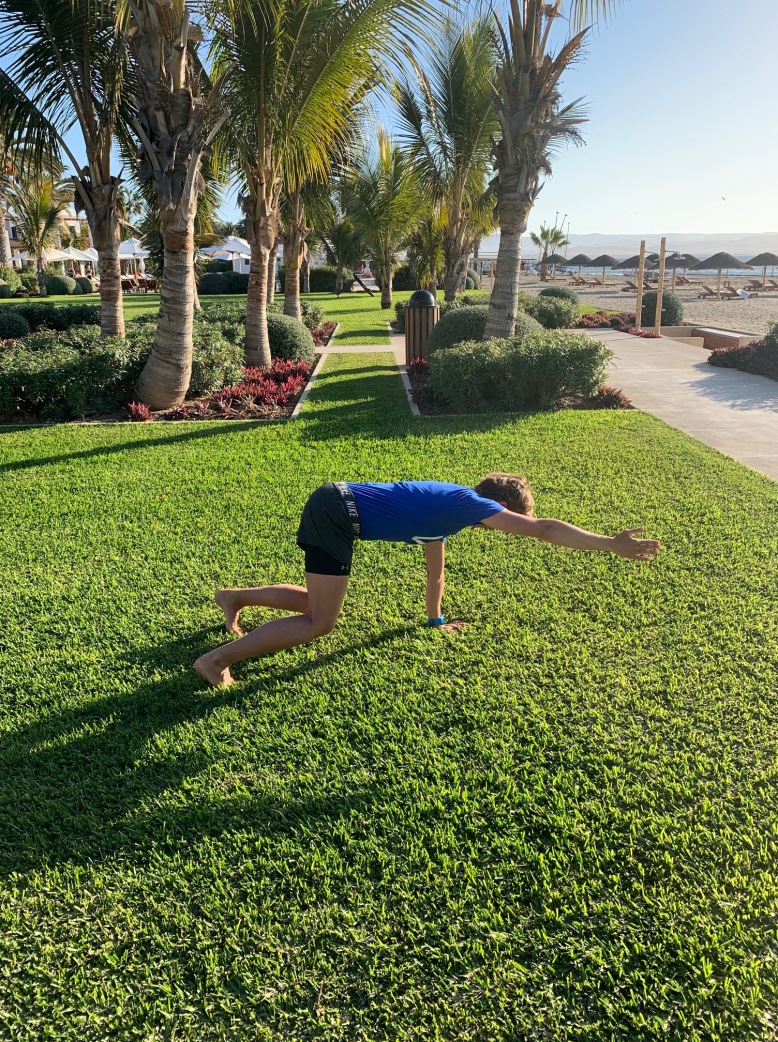
Plank in pushup position, lifting one arm or leg
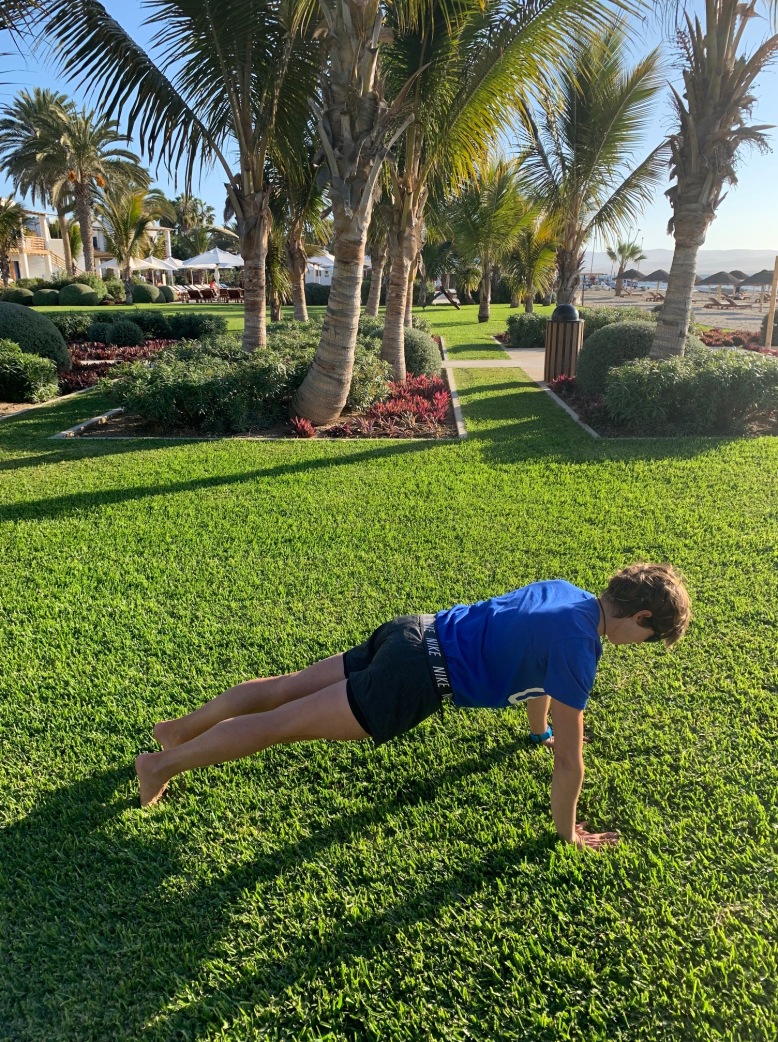
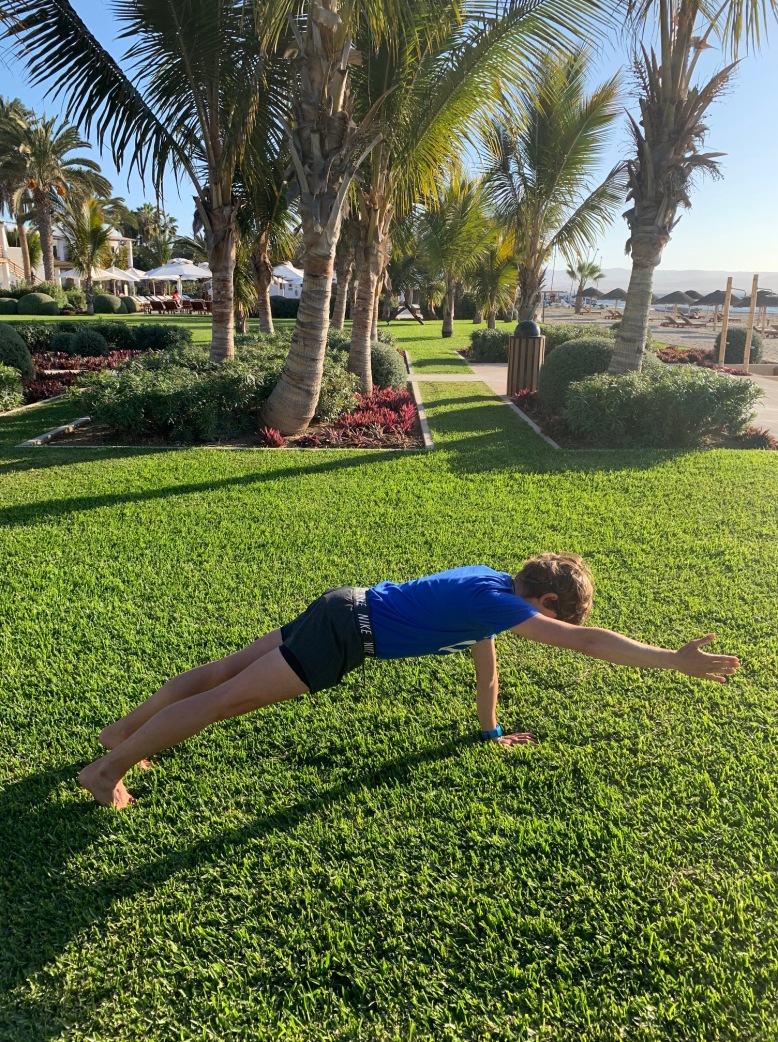
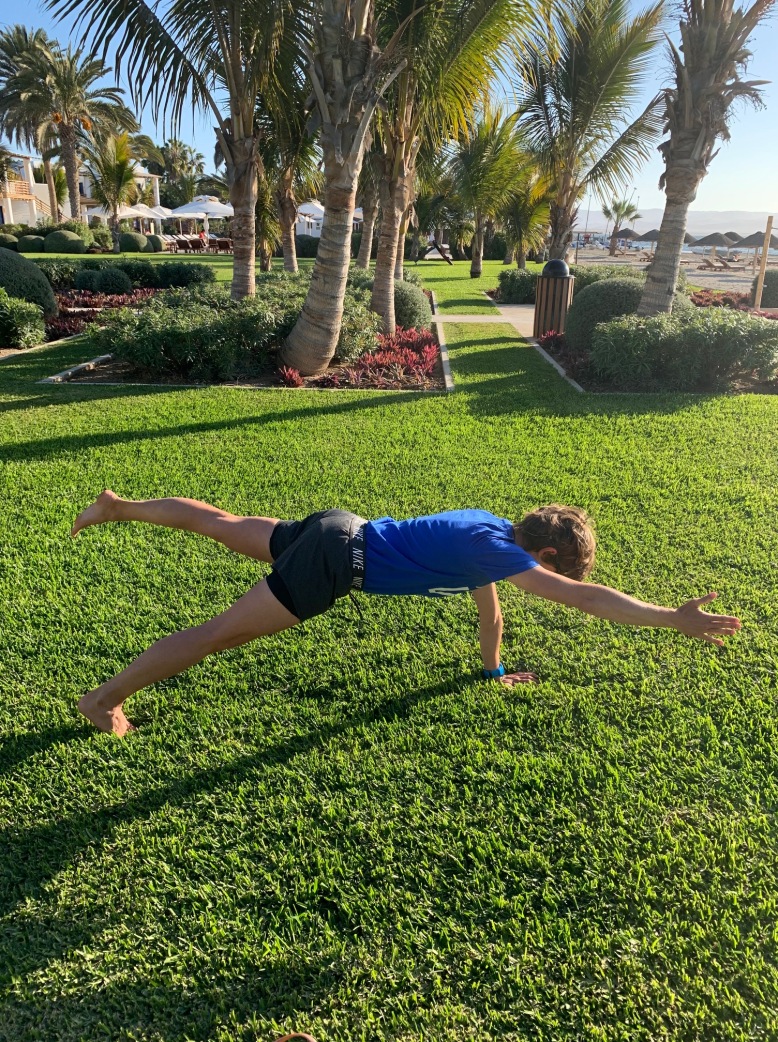
Extending the plank more:
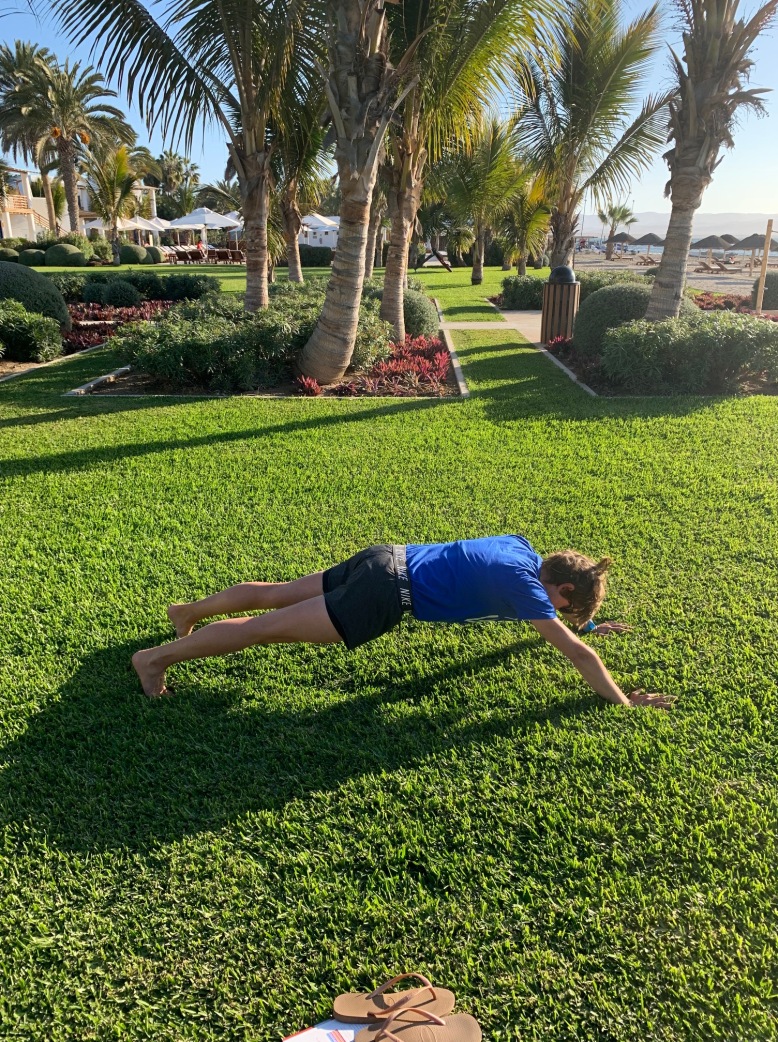
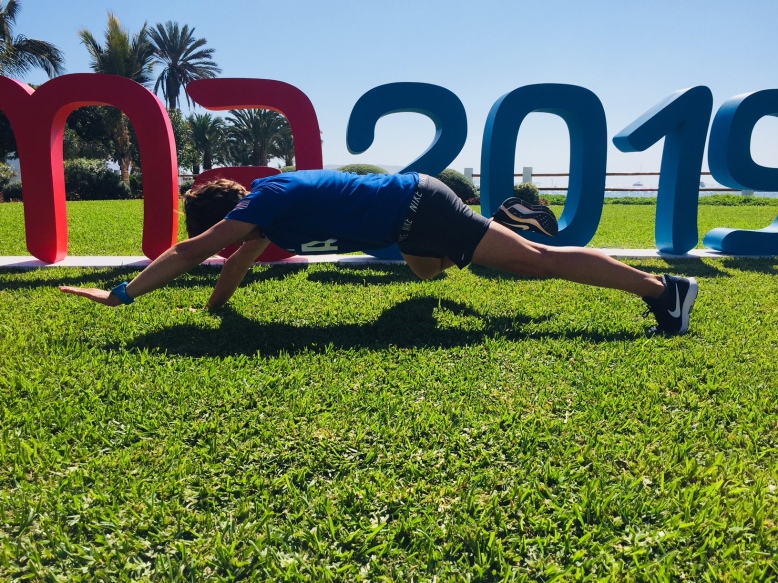
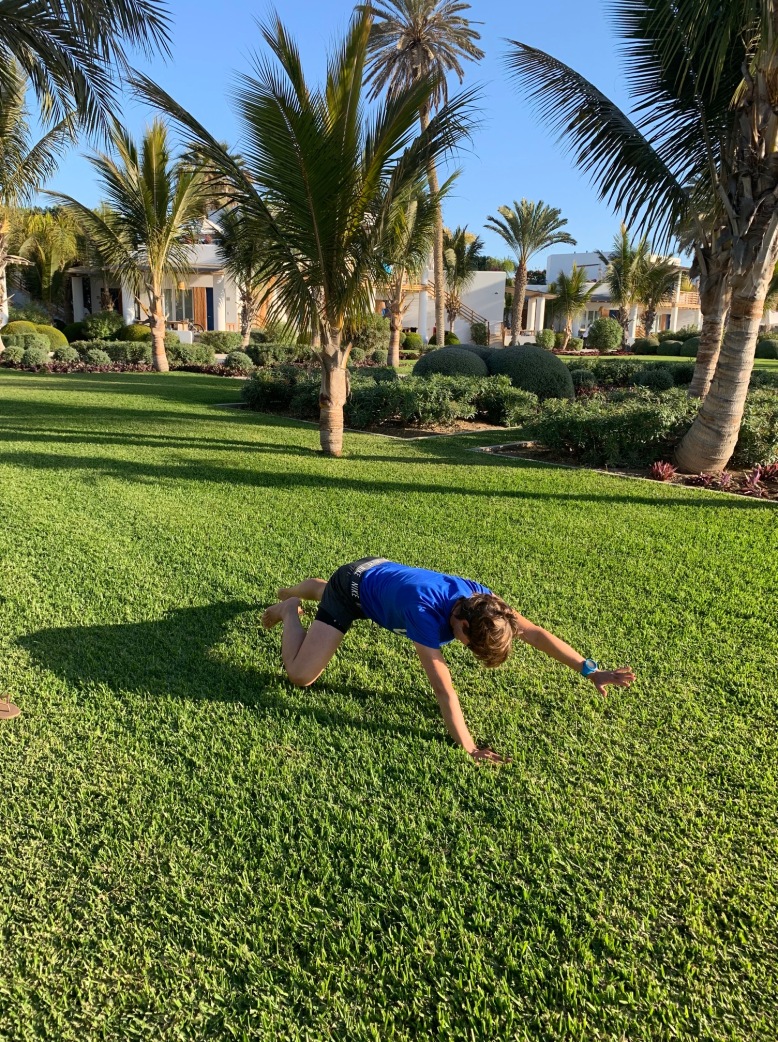
Boat hold
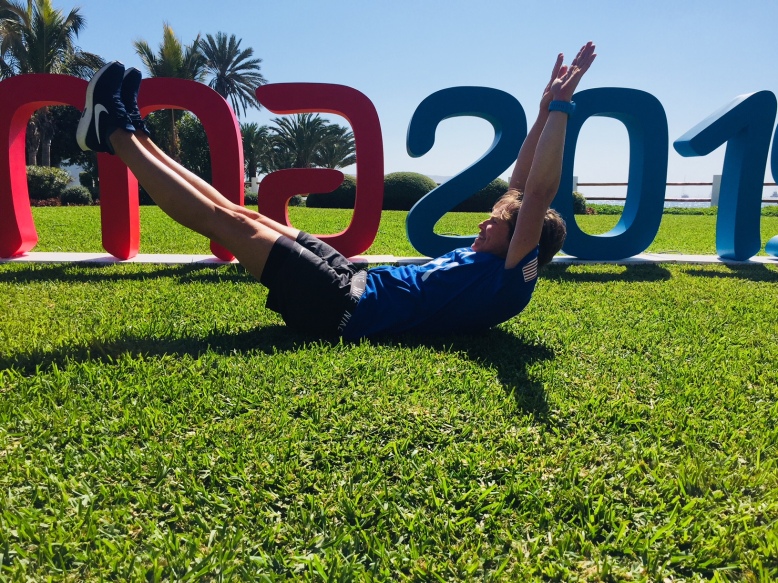
Posterior exercises
Glute-hamstring bridge with different methods of instability.
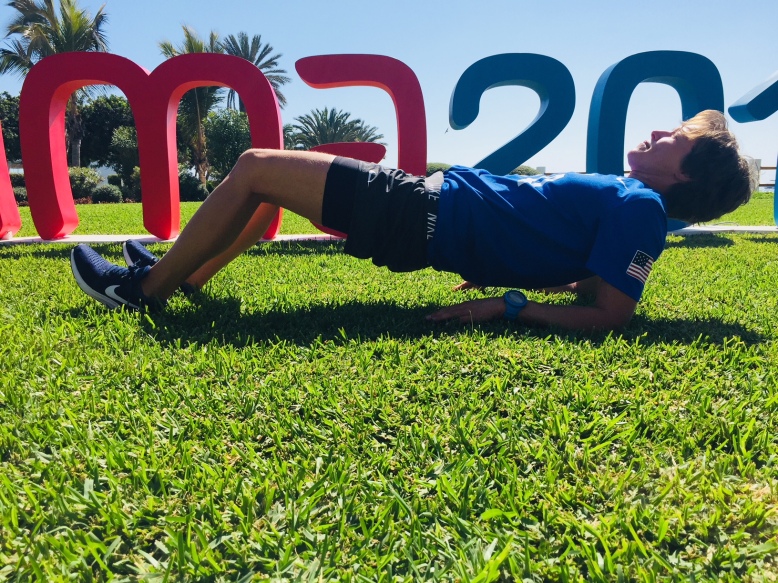
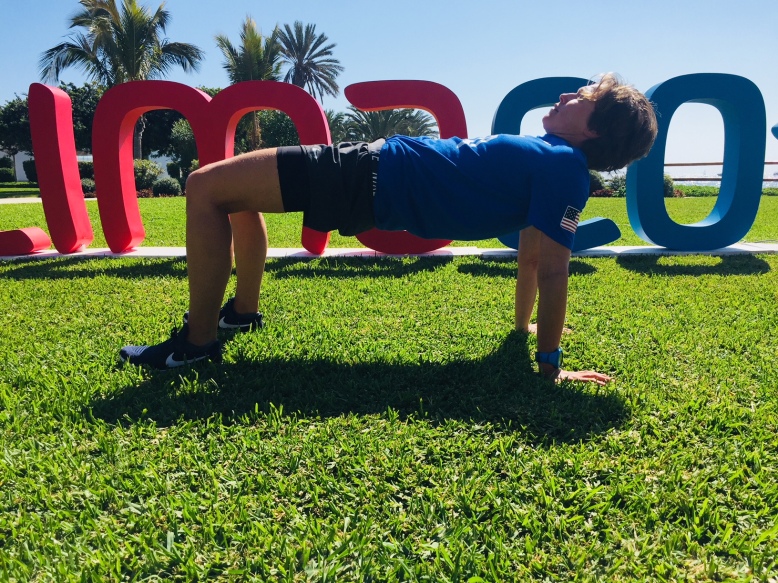
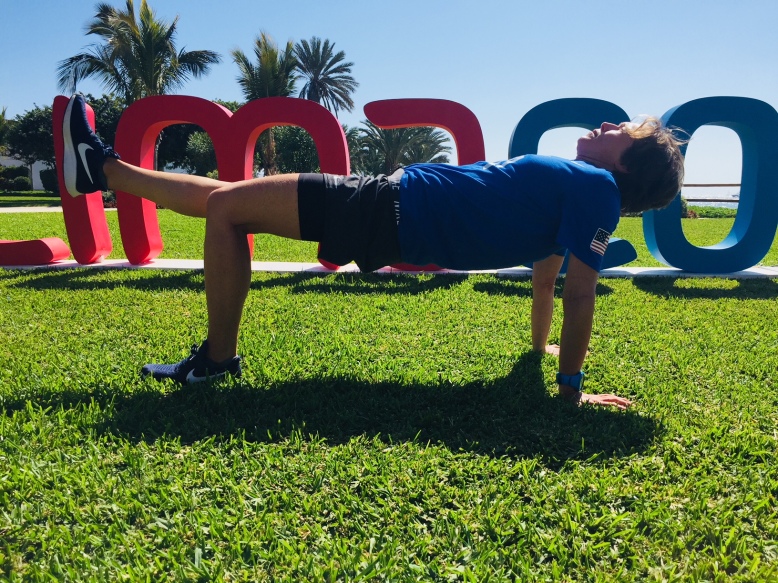
As you get better at bracing the core, breathing, and the feedback loop on the water, you will find that it comes automatically as soon as planing and contact in the harness is initiated. Automatic is what we’re searching for, so we can perform correct technique without too much thinking – important for a complex sport like windsurfing!